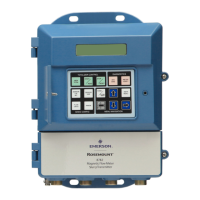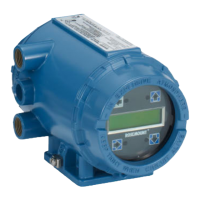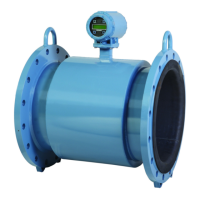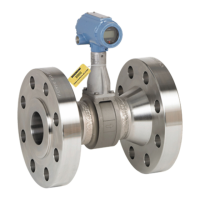See Figure 4-4 or Figure 4-5. The resistance should be about 110 Ω. If there is an open
or short circuit, or if the resistance is more than about 5% different from 110 Ω, the
sensor has failed and should be replaced.
3. If there is no open or short, check the transmitter.
See Section 11.7.2.
11.4 Troubleshooting when a Warning message is
showing
Warning message Explanation Section
Sensor Need Factory Cal The sensor board was not calibrated at the facto-
ry.
Section 11.4.1
Sensor Negative Reading The chlorine reading is less than -0.5 ppm. Section 11.4.2
Sensor RTD Sense Open RTD sensor line is broken or not connected. Section 11.4.3
Sensor Temperature High Temperature is greater than 155 °C (311 °F). Section 11.4.4
Sensor Temperature Low Temperature is less than -20 °C (-4 °F). Section 11.4.4
11.4.1 Sensor Need Factory Cal
The sensor board was improperly calibrated at the factory. Call the factory for assistance.
11.4.2 Sensor Negative Reading
The transmitter converts the raw current from the sensor to ppm chlorine by subtracting
the zero current from the raw current and multiplying the result by a conversion factor. If
the zero current is larger than the raw current, the result will be negative.
1. Check the zero current.
It should be less than about 50 nA.
2. If it is greater than 50 nA, repeat the zero step.
If the zero current is in the correct range, the negative reading might be the result of
the raw current or the senstivity being too low. A properly operating sensor should
generate 1000 nA for every 1 ppm of total chlorine.
3. Recalibrate the sensor. If necessary, clean or replace the membrane and check the
fill solution.
4. Replace the sensor.
11.4.3 Sensor RTD Sense Open
The transmitter measures temperature using a three-wire RTD.
Troubleshooting
Instruction Manual 89
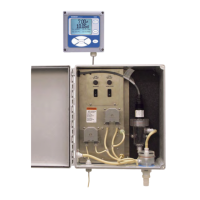
